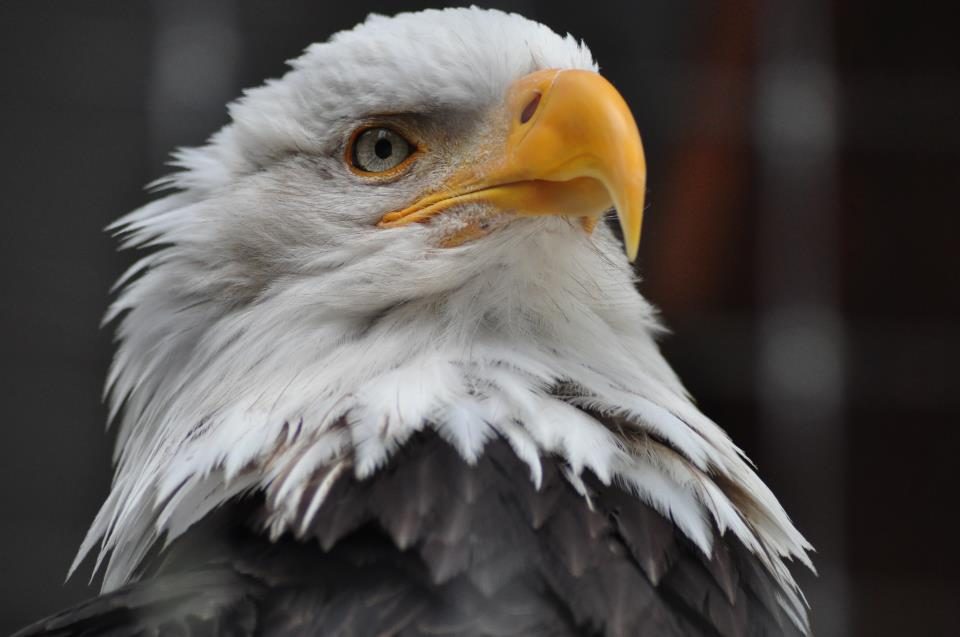Photo by Berett Wilber ’14

Winter often brings with it to the Arboretum a sense of calm, stillness, and tranquility. The snow has fallen, the trees lay bare, and often the only noticeable sound is the wind whipping over the frosted prairies. The frequent chirping of birds is absent as the prairie longs for their song. But even in its silence, the Arboretum is deceiving. After all, not all birds fly south.
A tropical winter vacation would seem nice to most people right about now, and though such an excursion is the behavior of choice for many bird species in the Arb, there are many birds who forgo the sandy southern beaches and stay put. You might not hear them often in the Arboretum, or see them every day, but they’re certainly there. The Northern cardinal with its bright red plumage can still be found husking seeds to stave off hunger. Blue jays and Canada geese are sighted as well. The golden-crowned kinglet remains, sometimes found huddling with other kinglets in the nook of a tree for warmth. The majestic bald eagles even stay, and with a careful eye you might distinguish the juveniles, sighted in the Arb on a regular basis.
Birds who live here year round aren’t the Arb’s only winter occupants. There’s yet another group that migrate south to the Arboretum from the north. One bird from this group is the Northern shrike, a carnivorous bird with a dark eye-mask, whose diet consists partially of rodents. Purple finches and crossbills also frequent the Arboretum, the latter using their oddly shaped overlapping beak to crack open difficult seeds. These migrants may be here temporarily, but their seasonal presence attracts birders who look forward to them every winter.
There is one more bird of note that doesn’t always get the spotlight. That is, of course, the oft-ignored and oft-understated American crow. Also known as Corvus brachyrhynchos, this loyal Arb dweller is present year-round. This magnificent specimen’s sleek profile is entirely black, from its beak to its wingtips to its legs. The way a group of crows swarms a threatening bird is a feat of aerial acrobatics no person should miss. On the other hand, the screech of an American crow isn’t magnificent or beautiful, in fact, everyone can recognize the appalling sound of a crow. Its cawing is loud, sudden, and only matched in its abrasiveness by the call of a pheasant. Nonetheless, the American crow is a staple of the Arboretum, and North America as well.
Though many birds fly south in favor of warmer climates, there are many who visit the Arb for the winter months, and many more who simply stay all year. So if you find yourself walking the trails of the Arboretum during winter, with any luck there will be many winged winter wanderers to accompany you on your path.
–Brandon Valle ’14, for the Cole Student Naturalists
Comments
Nicely done Brandon. A very nice read.
Thanks Brandon. Now I feel I have been there.